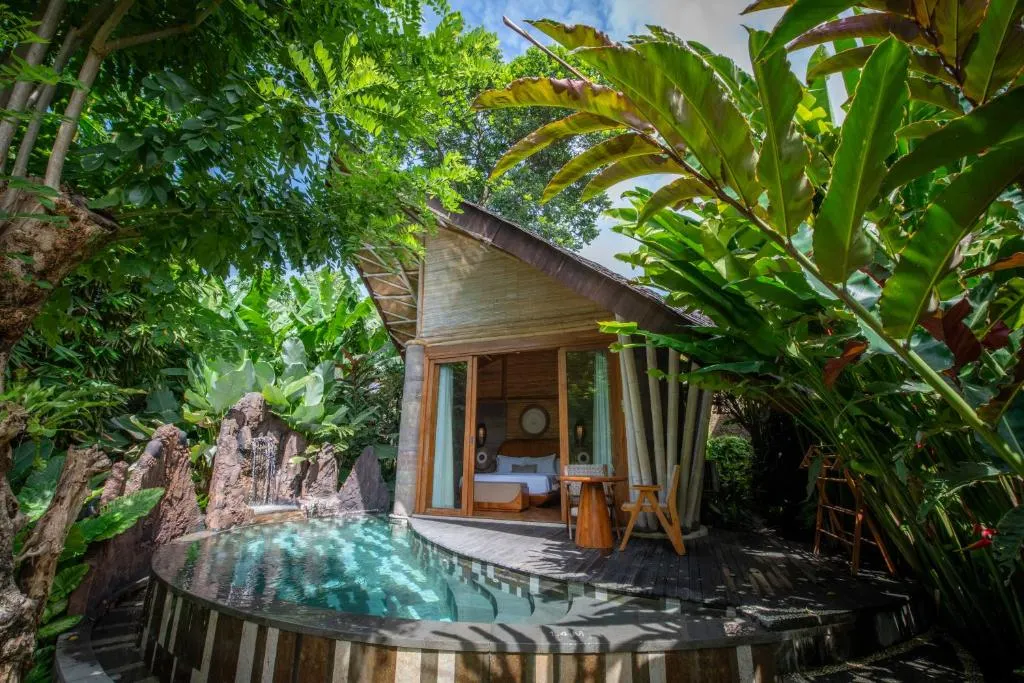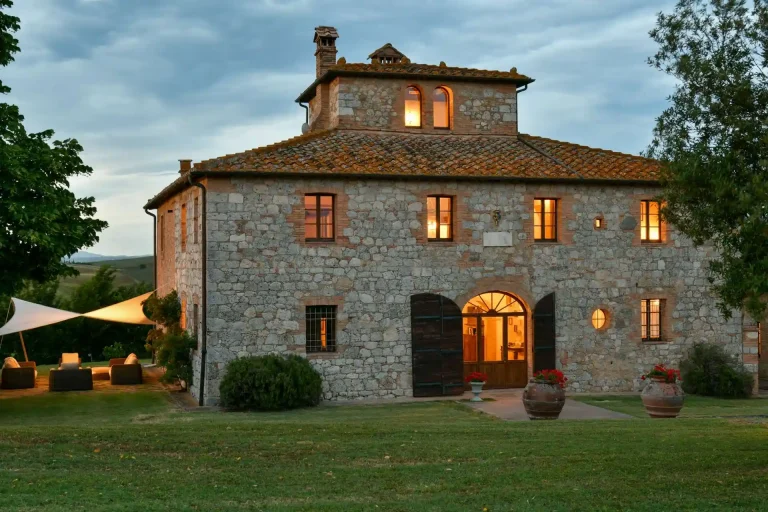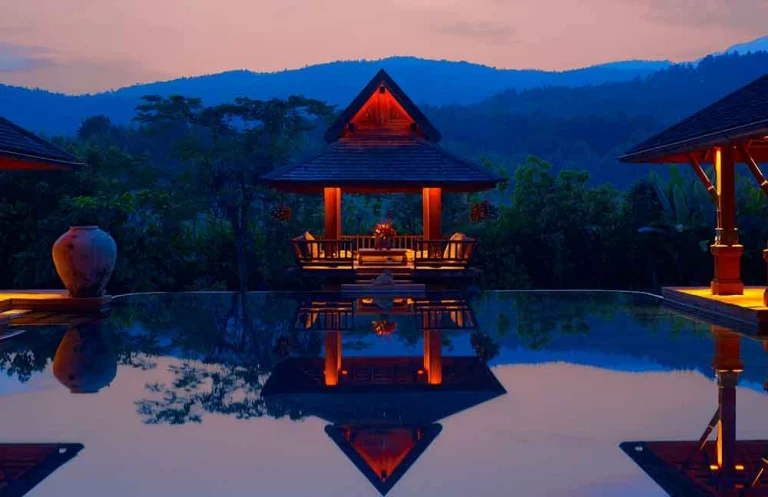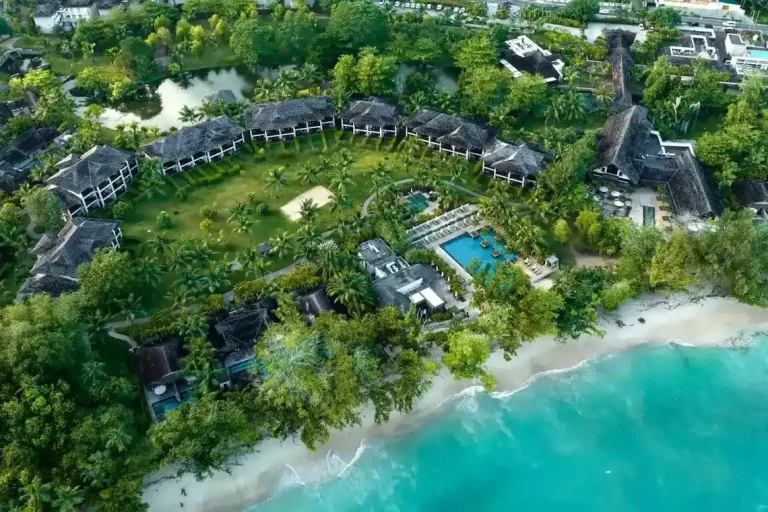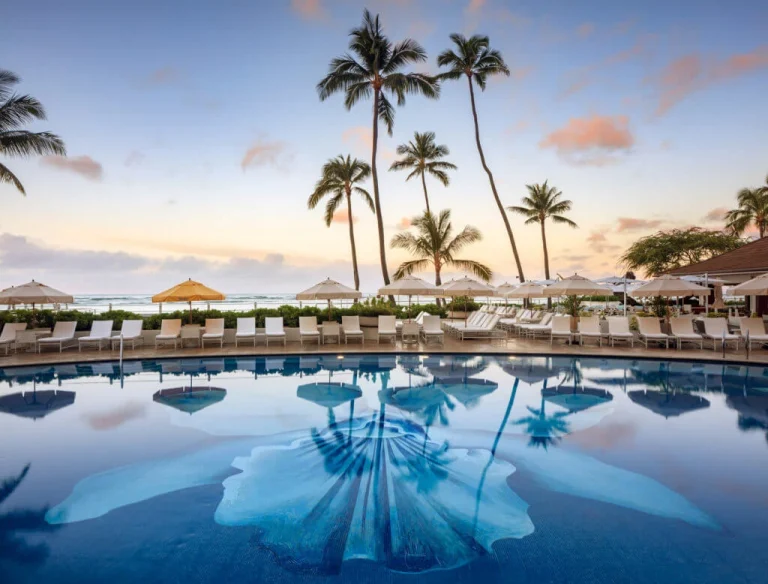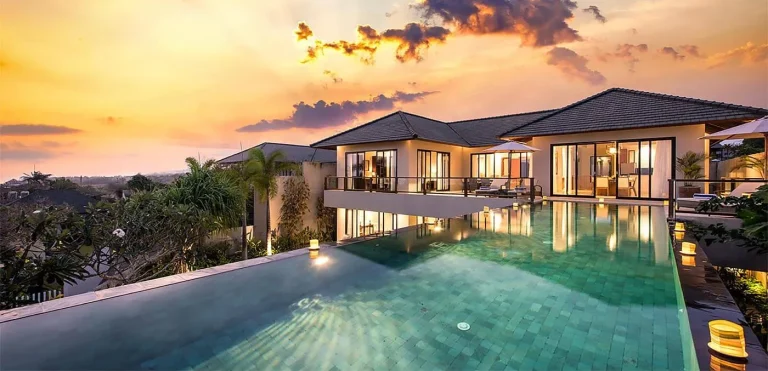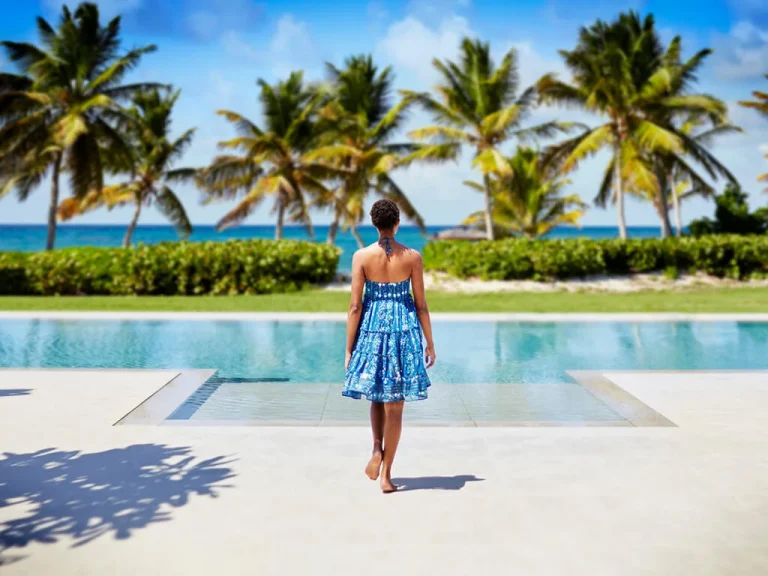Book Eco Luxury Resort Stay – Sustainable High-End Resorts Guide
Why Choose an Eco Luxury Resort Stay (Benefits & Value)
Sustainability & Lower Environmental Impact
One core benefit is that your stay leaves a smaller carbon and ecological footprint. Eco luxury resorts invest in renewable energy (solar, wind, hydro), efficient water usage, waste management (recycling, composting), native landscaping, and low-impact architecture. They often go beyond “greenwashing” and embed sustainability in every decision.
Staying in such a resort reinforces responsible tourism: your dollars support conservation, local communities, and ecosystems, rather than overdevelopment or exploitation.
High-End Experience Without Compromise
You don’t sacrifice luxury. These resorts aim to deliver premium amenities spa, fine dining, design aesthetics, comfort while embedding ecological principles. The luxury feels enriched by nature rather than compromised by it.
Connection to Nature & Regeneration
Eco luxury resorts often situate themselves in ecologically rich zones rainforest, coastal zones, wetlands, deserts and design their experience to connect you with the environment: nature trails, biodiversity programs, regeneration projects, immersive eco-tours. The stay becomes a regenerative and mindful experience, not just a passive retreat.
Brand & Personal Prestige
Choosing an eco luxury resort stay signals values: environmental consciousness, refined taste, and mindful travel. For many high-end travelers, that combination is a point of pride and a way to differentiate their travel choices.
Long-Stay & Group Value
For extended stays or group travel, eco luxury resorts often offer more holistic experiences—wellness, locally sourced food, educational programming—so guests stay engaged. Because such resorts emphasize quality over volume, you may find more consistent service and meaningful experiences over prolonged visits.
Real-World Eco Luxury Resorts
Below are at least three but here, I present five noteworthy eco-luxury resorts (or resorts moving toward that model). Each helps illustrate how the concept is applied in practice. Where possible, I include direct links for further details.
The Brando, French Polynesia
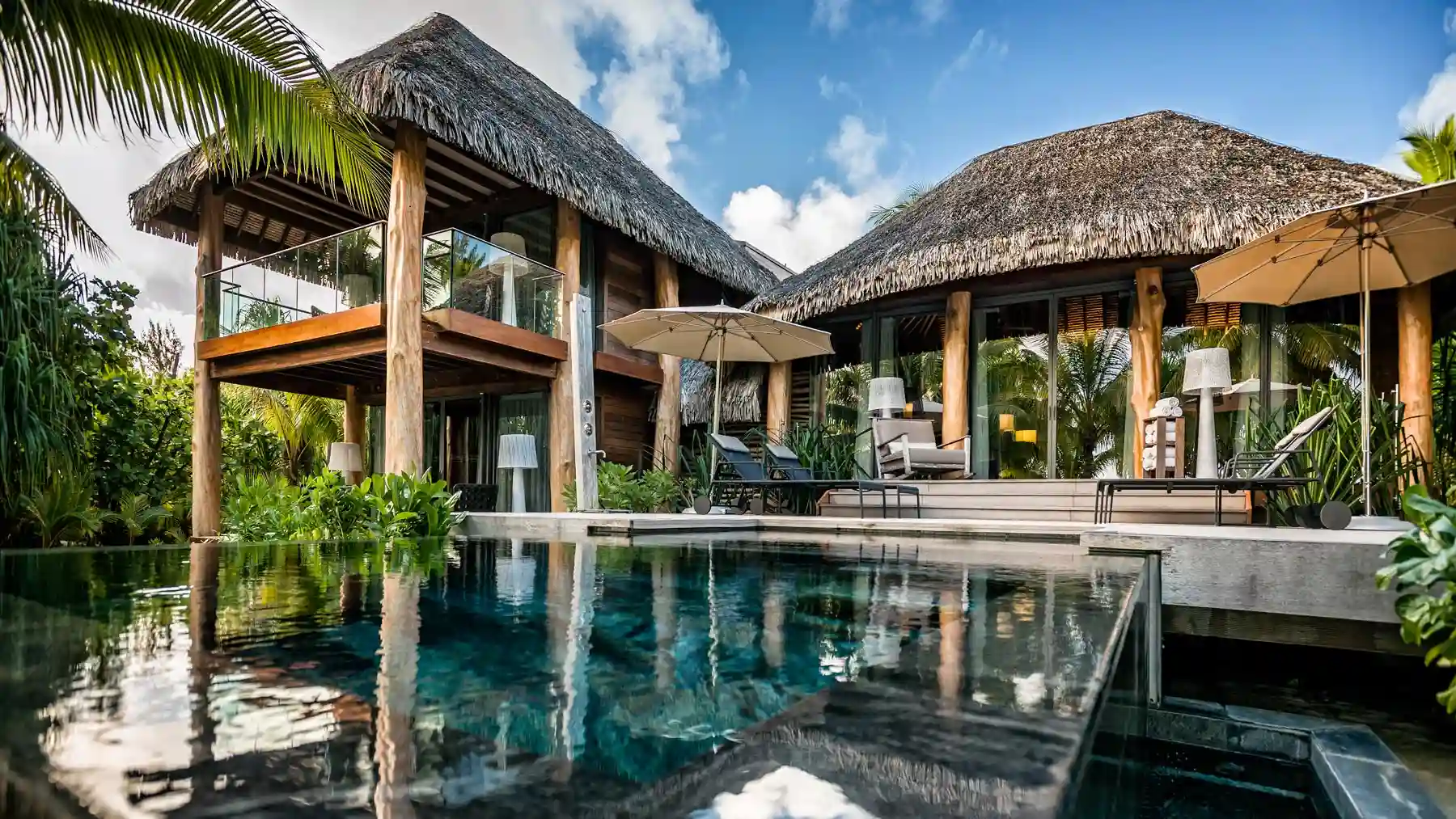
The Brando is a leading example of eco luxury resort stay. The resort partners with the Tetiaroa Society to preserve the island’s ecosystem, uses solar energy, seawater air conditioning, and sustainable architecture.
Each villa is designed to maximize passive cooling and minimize environmental impact. The resort maintains a reforestation program, coral preservation, and community initiatives. Guests can book “Green Tour” programs to learn the resort’s sustainability practices.
Jetwing Vil Uyana, Sri Lanka
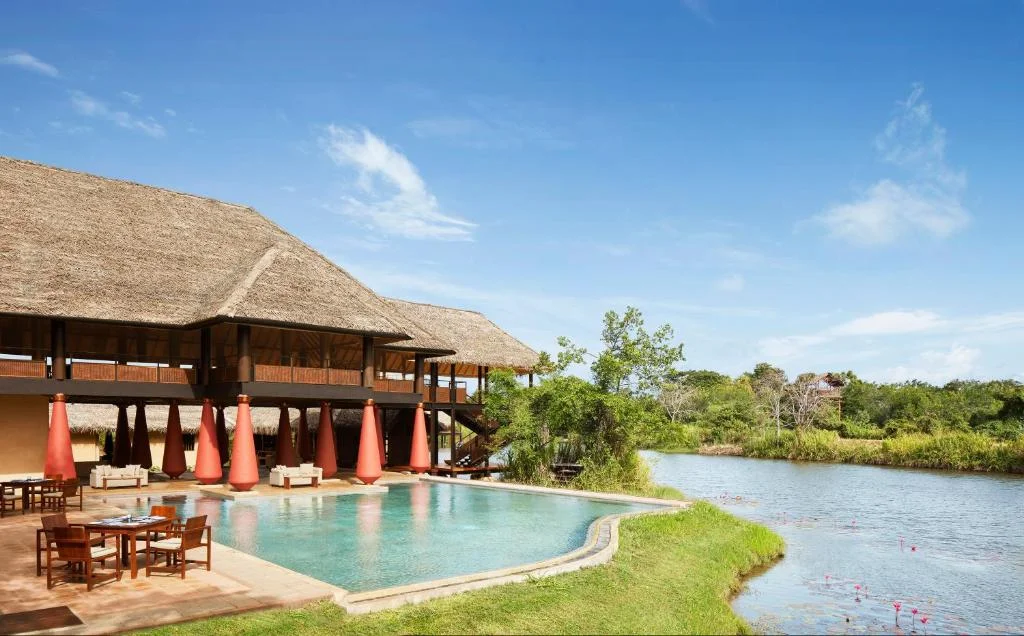
Jetwing Vil Uyana is built on artificially constructed wetlands, converting an old paddy field into biodiverse habitats.
The resort divides its dwellings across multiple habitat types—forest, marsh, paddy, garden, lake dwellings each with private or semi-private design. Villas and suites are integrated with wetlands so that wildlife and nature feel like part of your surroundings. The property underscores sustainability: water recycling, local materials, ecological architecture, and local youth training programs.
Islas Secas, Panama
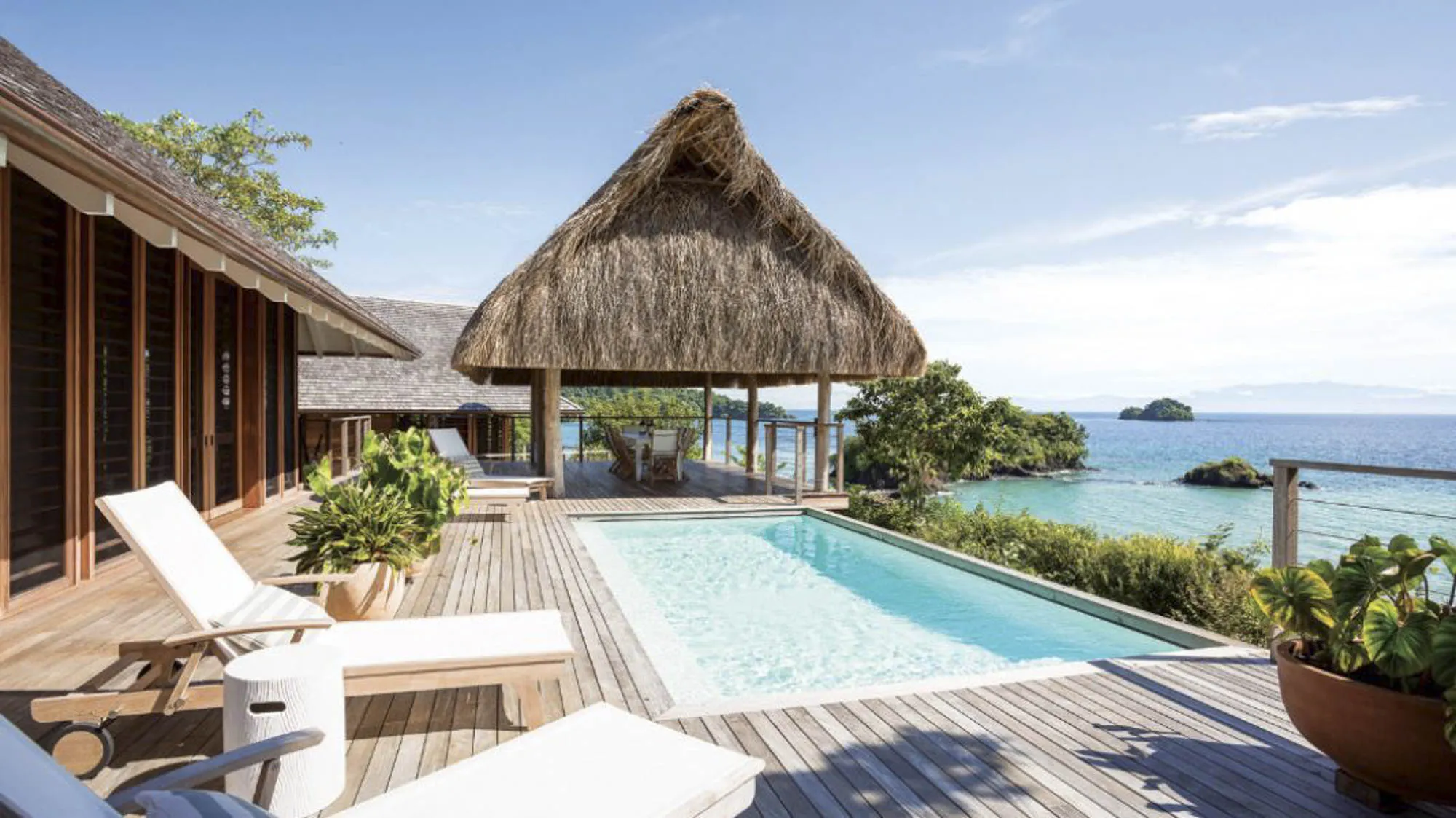
Islas Secas is a boutique eco-resort on an archipelago in Panama. It is powered entirely by solar energy and works as a conservation reserve.
It offers casitas (individual lodgings) across multiple small islands, ensuring privacy. The resort emphasizes nature: marine protection, biodiversity, minimal disruption, and immersive eco experiences. Because it’s off-grid, its systems all energy, water, waste are designed to be self-sustaining.
NIHI Sumba, Indonesia
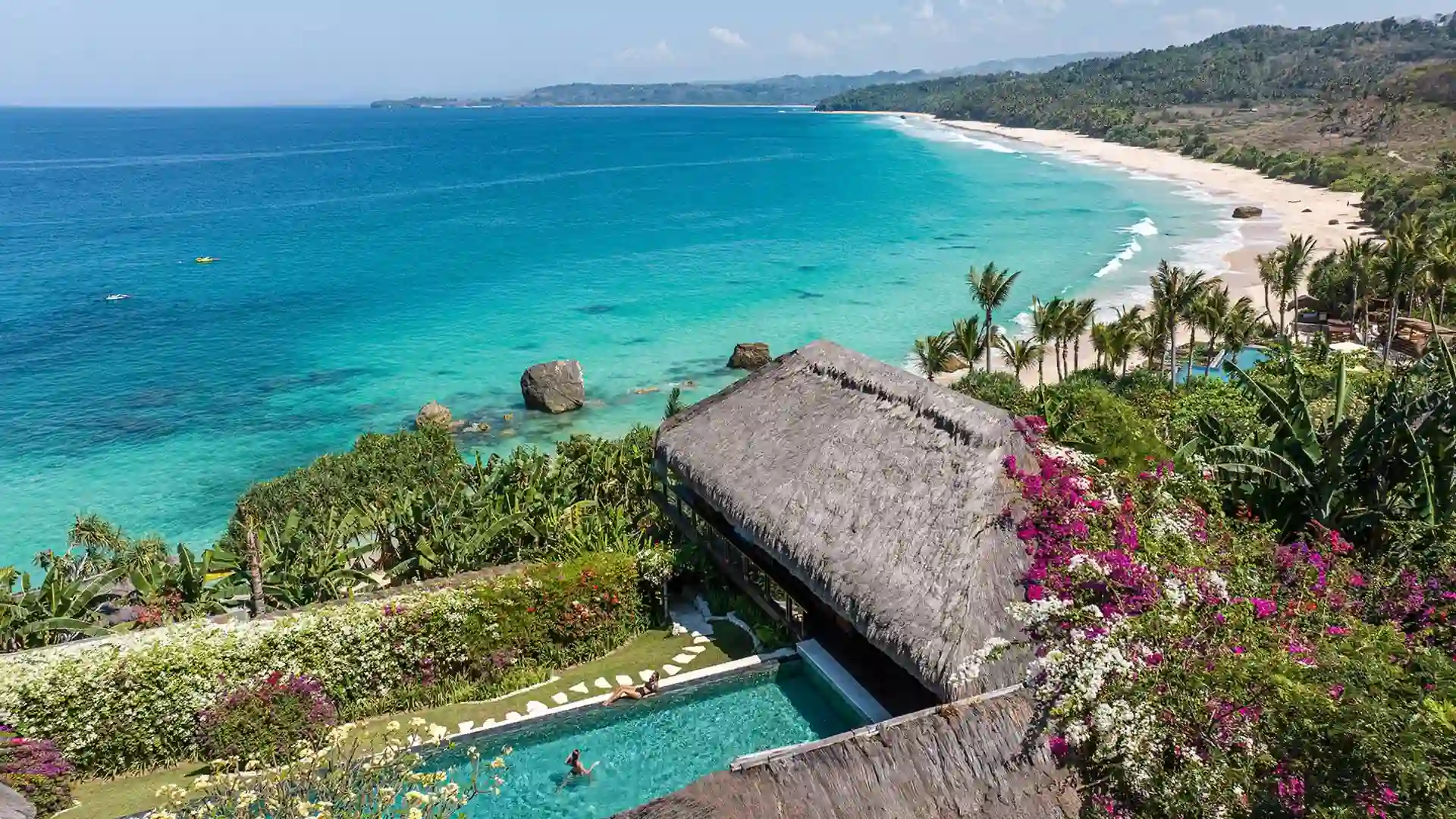
NIHI Sumba blends ultraluxury with substantial sustainability and community engagement.
It operates regenerative agriculture, organic gardens, composting, water recycling, and invests in social programs via The Sumba Foundation. Villas are secluded, with private pools, nature views, and architecture that respects local landscape. Guests can enjoy “equine wellness” (horse therapy), wellness programming, and nature immersion.
Turtle Island (Nanuya Levu), Fiji
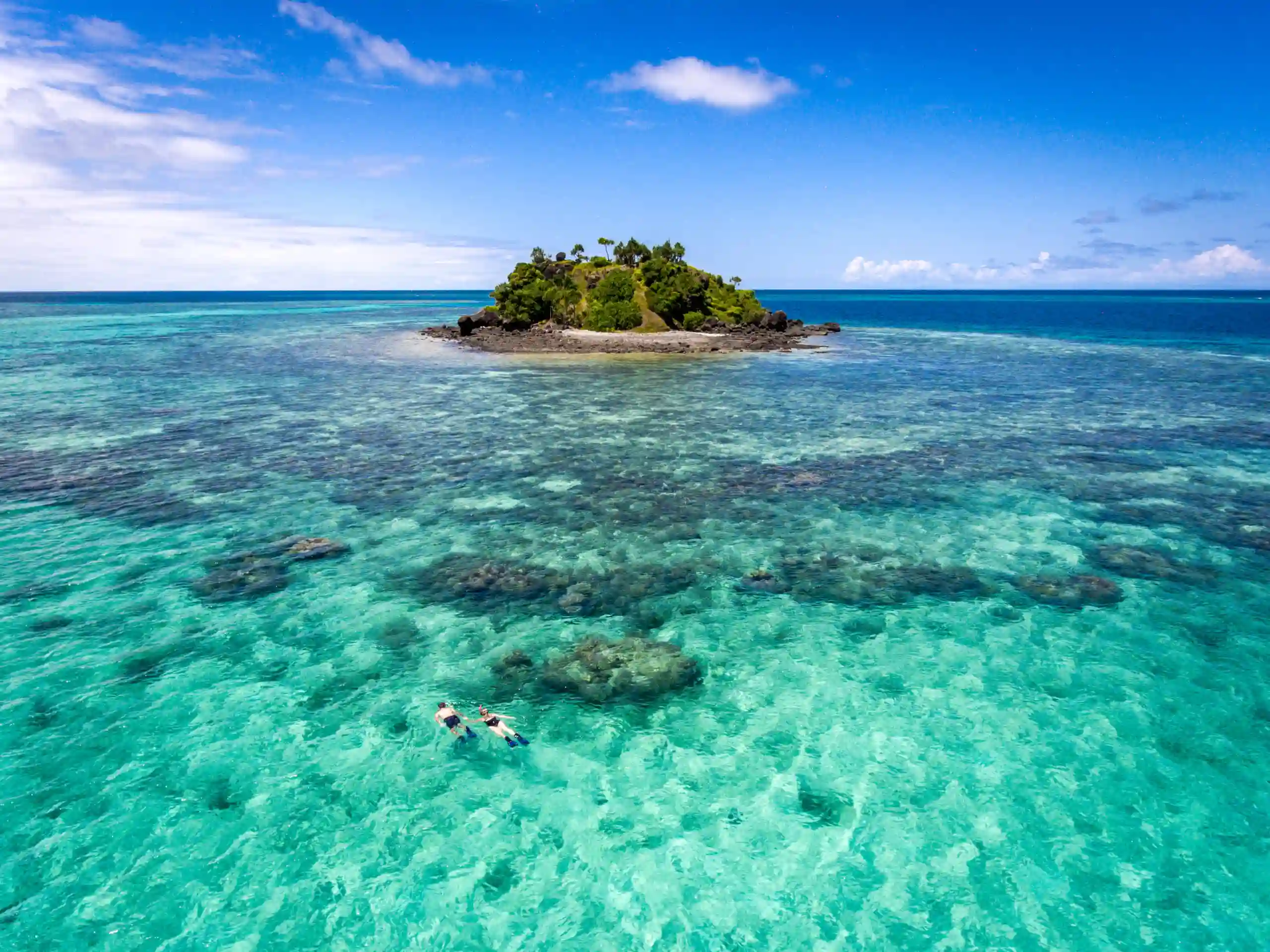
Turtle Island is a private-island resort focusing on sustainability, community connection, and conservation. The resort limits guest numbers (about 28 couples), uses solar power and composting, and runs reef conservation programs.
Guests are paired with a “bure mama” staff member for personal care. The resort fosters cultural exchange, local sourcing of food, and ecosystem stewardship. It illustrates how eco luxury resort stay can be intimate, regenerative, and deeply immersive.
Use Cases: Problems Solved & Why You Need It
Use Case: Conscious Travelers Wanting Luxury
Problem: Many luxury resorts neglect sustainability or actively harm ecosystems. Travelers who care about the environment struggle to find high-end stays aligned with their values.
Solution: Eco luxury resorts offer the luxury you expect comfort, design, excellent service while minimizing environmental damage.
Why needed: To enjoy a premium escape without guilt, support sustainable practices, and make travel meaningful.
Use Case: Learning & Regeneration Retreat
Problem: Travelers often want more than passive relaxation—they want education, connection, personal growth.
Solution: Eco luxury resorts embed educational tours (on-site sustainability systems, biodiversity, regeneration, local ecology), participatory conservation, or volunteer components.
Why needed: To make your travel transform you, not just reward you.
Use Case: Wellness + Environmental Reset
Problem: Wellness retreats sometimes feel disconnected from nature, or overbuilt.
Solution: At eco resorts, wellness is tied to the environment: forest bathing, nature yoga, clean food sources, natural surroundings.
Why needed: To restore mind, body, and ecology in alignment.
Use Case: Events, Destination Weddings & Gatherings
Problem: Large gatherings at conventional resorts can strain the environment and feel impersonal.
Solution: Eco luxury resorts can host small, well-planned events with minimal impact using local suppliers, sustainable design, and immersive experiences.
Why needed: To celebrate in a place that aligns with values and leaves a positive footprint.
How to Choose & Book an Eco Luxury Resort Stay
Step 1: Define Your Eco-Luxury Priorities
Decide which sustainability aspects matter most to you:
-
Renewable energy usage
-
Water and waste management
-
Local community support
-
Conservation or restoration work
-
Immersive nature programs
Also decide on your luxury preferences: privacy, spa, gourmet dining, design, location.
Step 2: Research Reputable Eco-Luxury Platforms & Reviews
Look at curated luxury eco travel sites and review platforms. Ensure the claims are backed by data—look for certifications, sustainability reports, or third-party recognition. For example, Jetwing Vil Uyana is listed among the 15 best eco-hotels.
Read guest reviews specifically regarding ecological initiatives, service quality, and the balance between luxury and sustainability.
Step 3: Compare Room Types, Energy Systems & Design
Ask for details: how villas are powered, water systems, layout, separation from neighbors, integration with environment. Some villas may be off-grid, others partially. Some allow guests to see behind-the-scenes systems (e.g. green tour) as part of the experience.
Step 4: Verify Inclusions & Extra Costs
Eco luxury resorts often bundle sustainable dining, guided eco-tours, wellness programs, transfer logistics, and sometimes carbon offsets. But some also charge extra for excursions or special eco-program participation. Get full disclosure before booking.
Step 5: Book via Trustworthy Channels & Request Transparency
Use the resort’s official website or vetted luxury eco platforms. Ask for the resort’s sustainability report or data on energy, waste, conservation. Clarify cancellation policies remote eco resorts may have stricter policies due to logistical constraints.
Step 6: Communicate Preferences in Advance
Tell them your dietary needs (organic, plant-based), desire to participate in eco-activities, or interest in behind-the-scenes tours. The resort can prepare and tailor your experience.
Technology & Design Benefits in Eco Luxury Resorts
Eco luxury resorts often leverage advanced technology and architectural strategies to harmonize luxury and sustainability:
-
Renewable energy systems: solar, wind, geothermal, or hybrid systems provide most or all power. For instance, The Brando uses solar and seawater air-conditioning to minimize fossil fuel use.
-
Water recycling & treatment: greywater recycling, rainwater harvesting, onsite wastewater treatment, and reuse for landscapes or flush systems.
-
Passive design & thermal efficiency: architecture oriented for shade, natural ventilation, solar loft, thick walls, eco-materials to lower heating/cooling needs.
-
Smart controls & automation: automated lighting, climate control, shading systems, occupancy sensors reduce waste and energy consumption.
-
Regenerative landscaping & ecological integration: using native plants, habitat restoration, rewilding zones, wildlife corridors, and organic grounds maintenance.
-
Educational & monitoring systems: some resorts have environmental labs or guest displays showing energy use, carbon offset metrics, biodiversity programs, promoting transparency.
These design and tech benefits are not just about reducing impact they actively enhance guest experience: cooler interiors, seamless comfort, aesthetic harmony, transparency, and an emotional connection to the place.
Summary & Tips for Your Best Eco Luxury Resort Stay
-
The top transactional keyword is “eco luxury resort stay”, which targets travelers primed to book sustainable-luxury resorts.
-
Benefits of choosing such stays include lower environmental impact, uncompromised luxury, deeper nature connection, and values alignment.
-
Examples like The Brando, Jetwing Vil Uyana, Islas Secas, NIHI Sumba, and Turtle Island illustrate diverse yet cohesive models.
-
Use cases include conscious travelers, wellness seekers, event hosts, and groups wanting immersive experiences.
-
To book smartly: define your sustainable priorities, vet claims and reviews, compare design and systems, clarify inclusions, use trusted booking channels, and engage resort as partner.
-
Technology and design play a central role they deliver both elegance and ecological integrity.
Frequently Asked Questions
1. Will an eco-luxury resort stay cost much more than a conventional luxury resort?
In most cases, yes. It may come with a premium due to the additional investment in sustainable systems such as solar power, waste management, and ecological design. However, in many instances, eco-resorts also include more comprehensive services such as meals, guided tours, and wellness activities which helps balance the overall value. Ultimately, while you may pay more upfront, the enhanced experience and the satisfaction of supporting sustainability make it well worth the cost.
2. How can I verify that an eco-luxury resort genuinely practices what it claims?
First, look for independent certifications such as Green Globe, EarthCheck, or LEED, which validate genuine sustainability practices. Next, review the resort’s published sustainability or impact reports for transparency. Additionally, read guest reviews that mention real-world efforts like renewable energy systems, waste management, or “green tours are publicly recognized among the world’s top eco-hotels, offering visible proof of their commitment to the environment.
3. Are eco-luxury resorts suitable for all types of travelers (families, couples, groups)?
Absolutely. Many eco-luxury resorts are specifically designed to accommodate couples, families, and small groups. That said, the key lies in selecting the right property. Some emphasize tranquil, couple-oriented retreats with private villas, while others provide spacious family accommodations, wellness programs, or even group event facilities. Therefore, always review the resort’s capacity, villa layout, and amenities to ensure they align with your travel needs.
